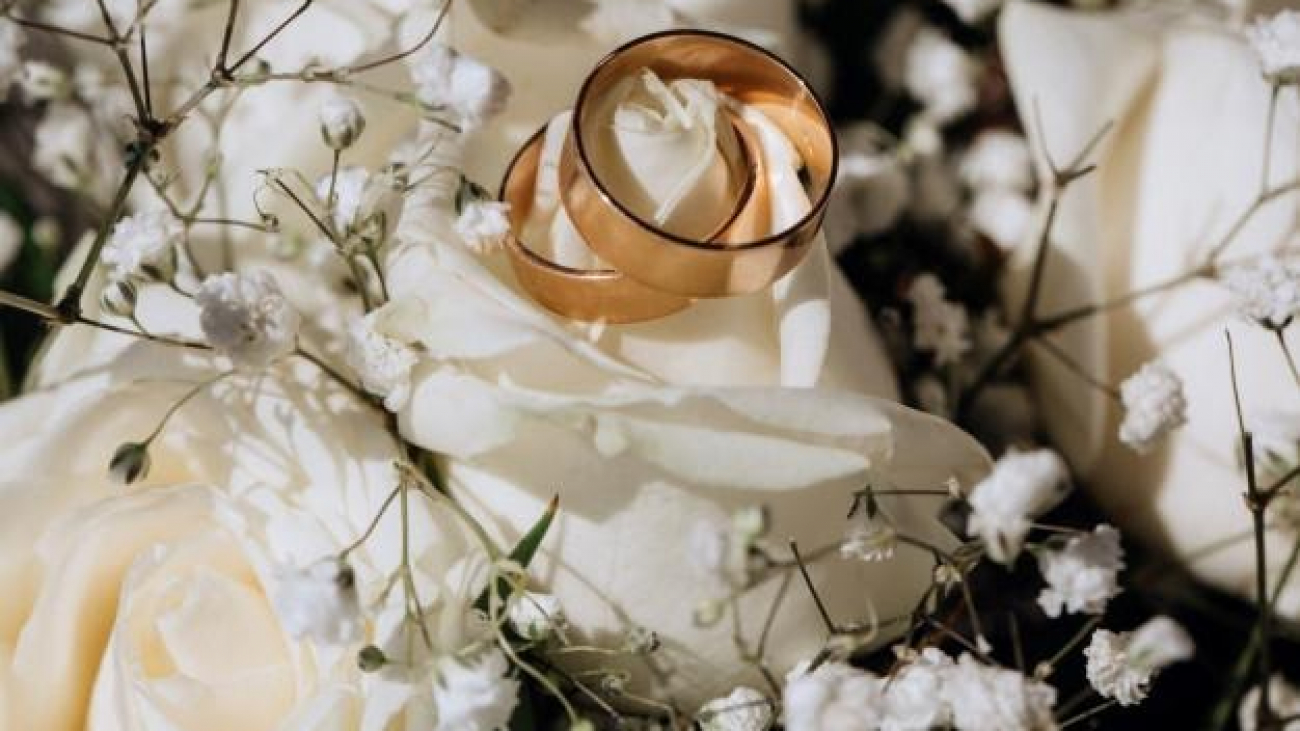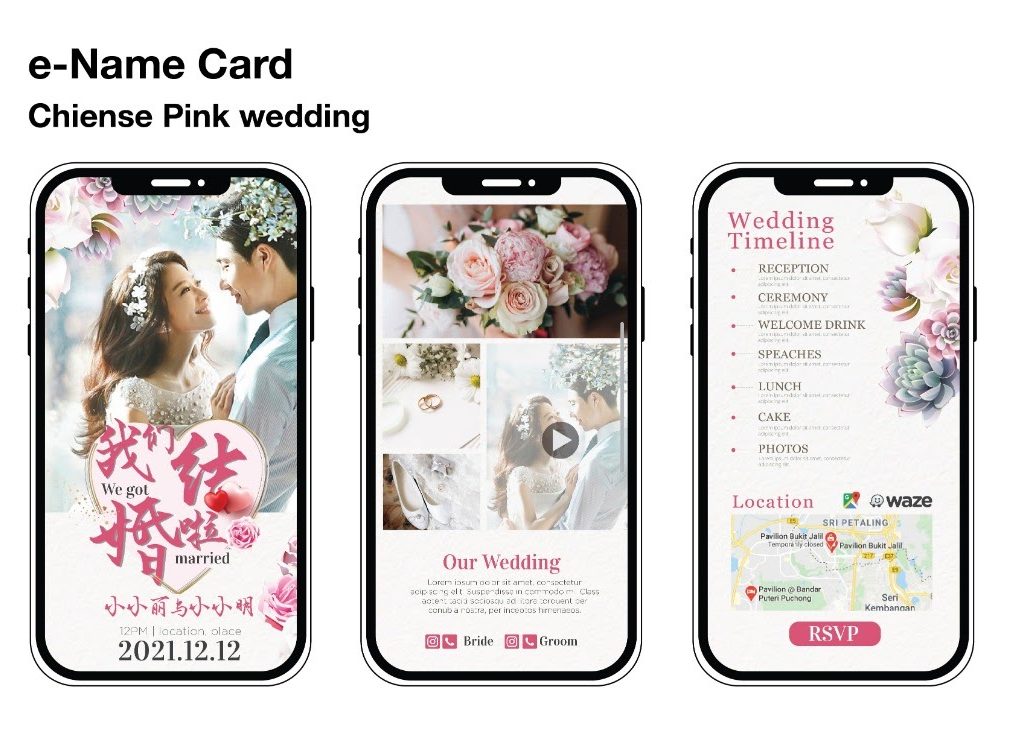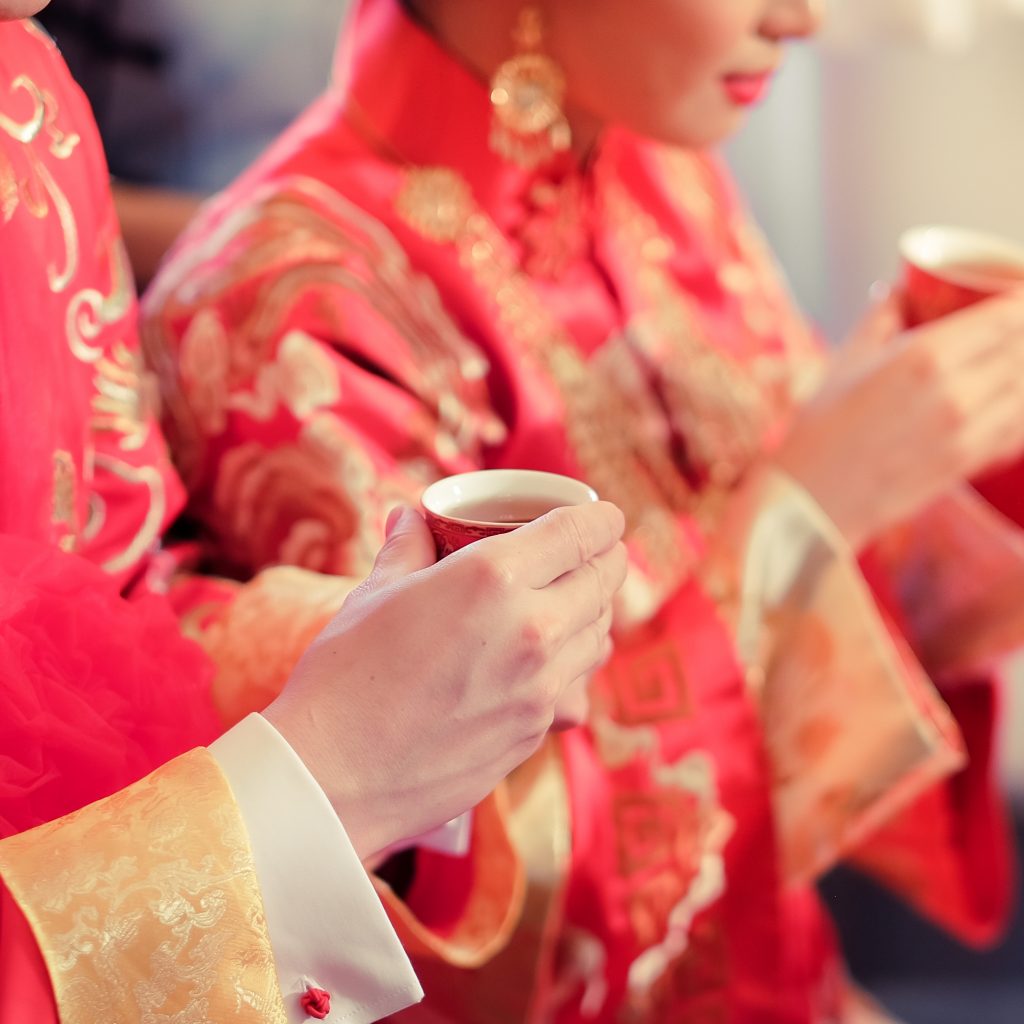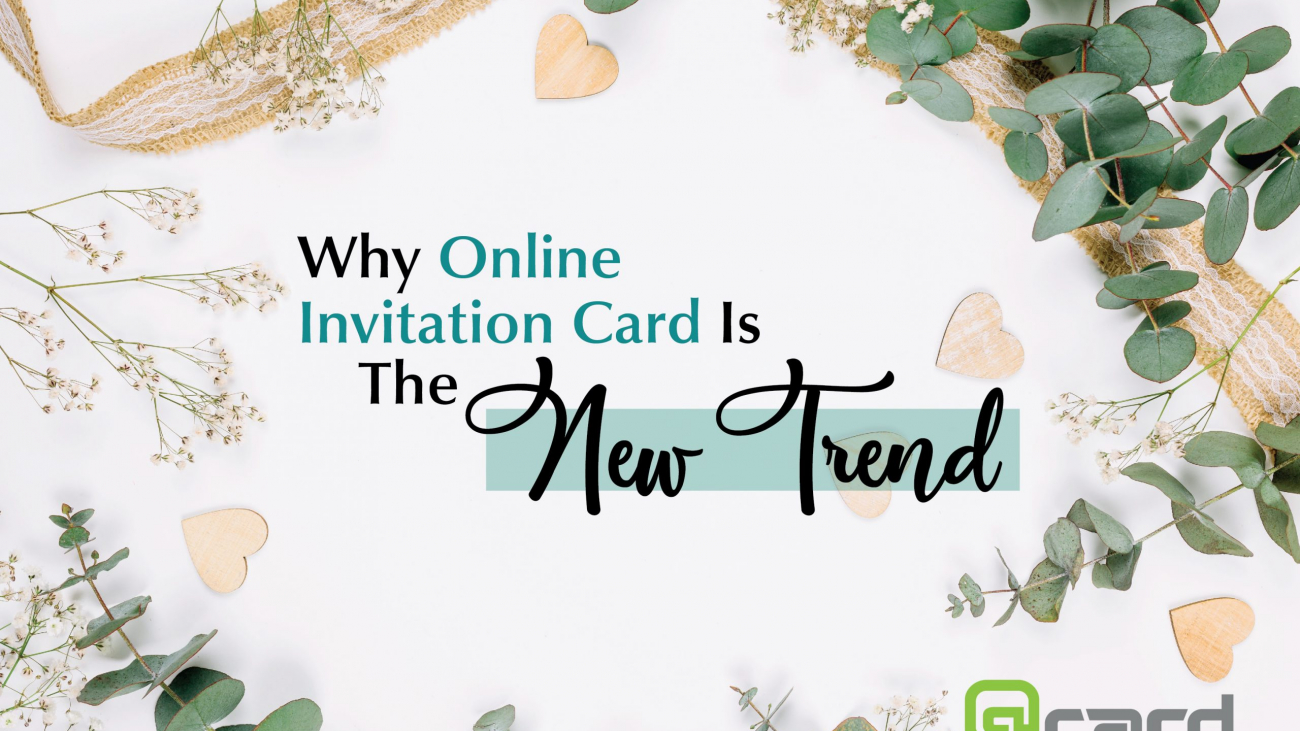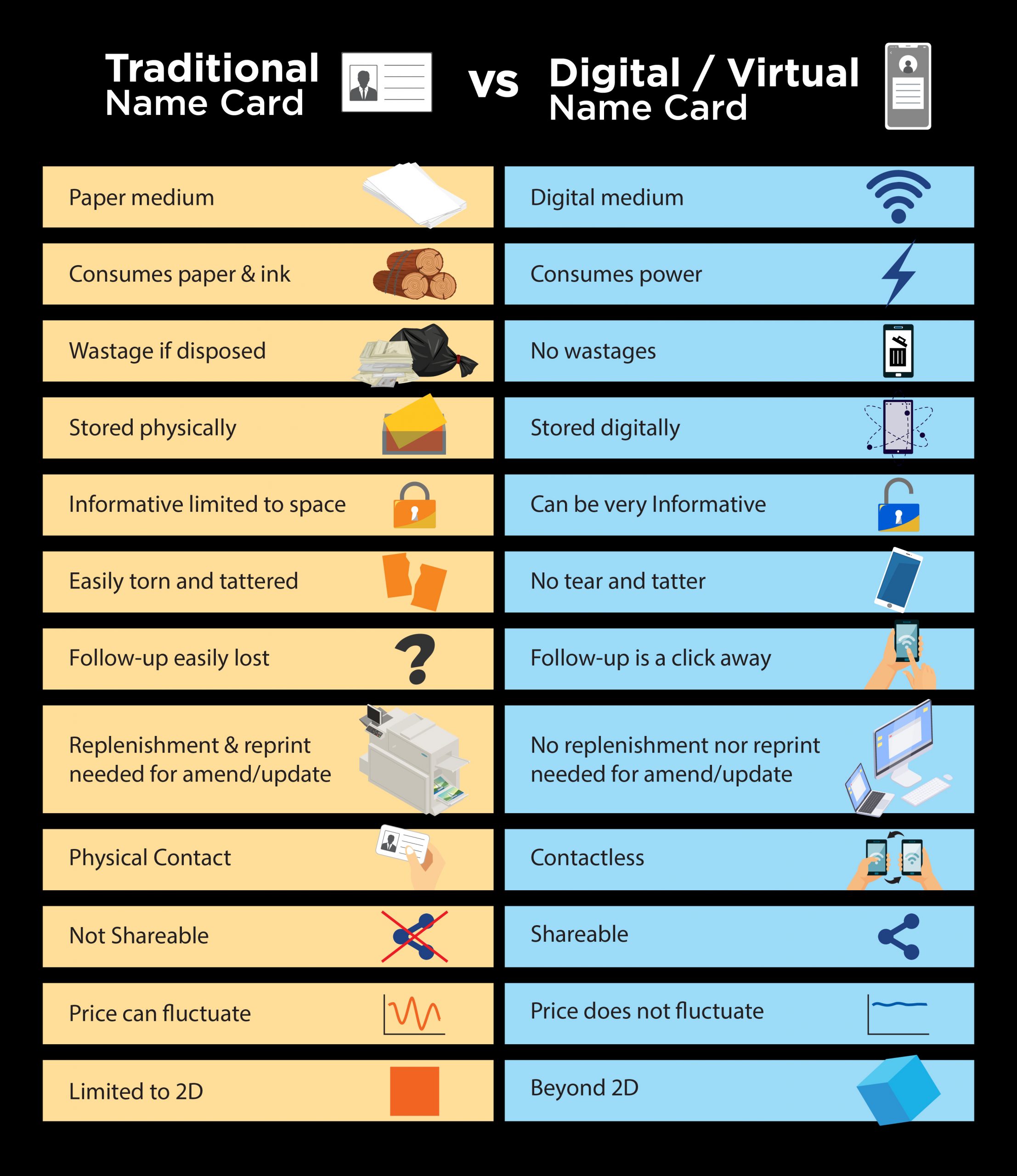Ah, a wedding, the biggest day for the bride and groom. The wedding celebrates the union of a couple and is an understandably big deal for many people. In the case of Chinese weddings, a lot of time and effort goes into the process to make sure that the ceremony is a success. No surprise there! Traditional Chinese weddings are built on tradition, so here is an ultimate wedding checklist to ensure that your once-in-a-lifetime wedding is the best it can be!
12 months before: Time to start planning
After the marriage proposal is accepted, the couple can proceed to picking up their wedding rings. It’s an old custom, but one that remains meaningful till this day. The next important step is to register your marriage with your local department. This is important to letting the state legally recognize you and your partner as a married couple.
Once you are legally married, you should set about planning how your wedding ceremony will be conducted. There are many details that go into this part, such as the date of the wedding, the type of wedding ceremony, budget, and so on. Detailing your expenses and costs is just as important as sticking to it, so allocate accordingly. Then again, if you need someone to help you navigate the planning, you can always engage a wedding planner to guide you through the process.
Of course, a grand wedding ceremony is not complete without its guests. Compiling a guest list is rather important since it’s likely you can’t invite everybody, especially with your budget and wedding venue to consider.Likewise, a good venue is just about the biggest decision that you need to make. From the number of tables to the ceremony’s theme, the venue is the setting for your big day and will affect the vibe and atmosphere for everyone involved.
10 – 11 months before: Forming your team
The next step is to gather the people you’ll be working with for the ceremony. A wedding is a momentous occasion that usually happens only once in a lifetime, so it’s a good idea to book important people like your photographer, videographer, caterer, DJ/band, and make-up artist in advance.
Certainly, you should also look extra special for your special day. Establishing a fitness and beauty routine can go a long way in creating beautiful memories and photographs of your wedding. It’s not a gender-exclusive thing, so brides and grooms should do their best in perfecting that wedding-day look.
Perhaps one of the most influential people present at your ceremony will be your “dai kam jie”. Also known as a wedding chaperone, you and your partner will need to decide on which “dai kam jie” will be the right fit for your wedding. Since she will be guiding you through the wedding’s ceremonies and rituals, discuss with her thoroughly to make sure things go smoothly.
8 – 9 months before: Setting the theme
Now that you have your important people with you, the next step is to decide the wedding theme and look for everything. Every wedding ceremony is different and unique to the couple, so gather inspiration and find a special theme that resonates with you and your partner.
With the theme decided, shopping for your wedding dress / suit and accessories is the next step on the checklist. Although some trial-and-error may be involved, there are plenty of choices out there to satisfy even the most ambitious couples. Do try things on early to avoid any issues with perfecting your wedding-day attire.
Also, don’t forget about your bridesmaids and groomsmen. Since they are attending to the bride and groom, their outfits should be well-coordinated and fitting to match flawlessly with the wedding.
6 – 7 months before: Making progress
Once you have planned out the ceremony, the next step is to explore wedding-day hair and makeup styles to complete the look. You can research new styles online to try or ask your stylists for recommendations.
By this stage, you and your partner can also get to dressing up for taking your wedding photos. With the ceremony’s planning well underway, taking them at this time can let you get them ready and perfect by the big day.
In this modern age, traditional card invitations aren’t the only way to get your guests coming as e-invitations are a solid alternative. Getting these designs isn’t too difficult as artisensecard.com allows you to browse for all sorts of wedding e-invitation designs. All the professional quality with none of the hassle of traditional invitations; plus, a good invitation card design can help reflect the theme that you are going for.
While you get the invitations’ designs done, you can also book hotels for those that come from out of town. It’s a thoughtful gesture that your guests will not only appreciate, but also make things easier for everyone involved.
4 – 5 months before: Coordinating tasks
Before sending out the invitations, this is also the time for you and your partner to finalize the guest list. Since the venue and budget has been planned, be sure that the guests you are inviting are people that you actually want in attendance.Much like choosing your guests, you should also choose you and your partner’s most important people for the occasion – your ‘heng dai’ and ‘ji mui’! The lovely bride and groom always have their bridesmaids and groomsmen by their side for the big day, so choose the ones that you feel are deserving of this honour.
Also, be sure to book your florist and transportation for the wedding. Similar to Western-style weddings, the flowers – usually a bouquet – are symbolic of happiness and satisfaction in marriage while the wedding cars are a big deal in Chinese wedding processions, both for tradition and getting around during the wedding day.
3 months before: Strengthening family ties
With the wedding’s logistics mostly set, the itinerary for the big day itself should not be missed out. A timeline detailing the events should be carefully laid out, such as when each event begins and ends. Also, ceremony formalities are very important in Chinese weddings, so they should be considered accordingly while planning.
The couple’s parents are central to Chinese weddings, so there are some traditional procedures for their families to follow and prepare for. The betrothal ceremony is a significant one where the groom’s family should purchase a grand gift (过大礼) while the bride’s family should purchase a dowry (嫁妆). These gifts are to be exchanged between the two families and has been an important custom of Chinese weddings for a long time.
The next step on the checklist is one that brides out there will surely enjoy – dress fittings. It is important to schedule a dress fitting to make sure that your beautiful wedding dress is ready and perfect when the big day comes.With all the time and effort going into preparing for the wedding, couples can now choose to purchase specially made wedding e-invitations at artisensecard.com to save some time.
Just purchase your own design and you can send out professionally-made invites to all of your beloved guests in no time.
2 months before: Sending out the invites
Having your wedding e-invitations ready means you’re ready to invite your guests to your big day. The benefit of sending e-invitations is that you can save on costs and effort while getting the invitations out faster. Plus, you don’t need to worry about wasting any invitation cards.
By this time, you can get back to trying out those hair and makeup ideas you have explored. Trials for wedding hair and makeup are just as important as your dress fittings, so do schedule your first dress fitting to find that proper fit for your wedding dress.
As the wedding draws nearer, you can also confirm your dinner menu for the ceremony. A wedding tasting can also be conducted to let you taste the menu items and make any changes if you so desire.
1 month before: Adding the finishing touches
With the big day a month away, this is the time for a final fitting for the wedding dress and Chinese kwa (裙褂). After the first fitting, subsequent fittings and dress alterations will typically help perfect the dress and ensure a snug fit for the bride.
The next step is for you and your partner to plan and decide on the seating arrangement. This can be tricky due to having to balance the number of guests attending, their seating, and the venue’s layout. Thinking this through and discussing this with your parents and parents-in-law can be a good idea.
It is also important to confirm with the vendors that everything is in order along with the emcees, musicians, and any other persons for the wedding day programme. Likewise, it is a great idea to purchase gifts for the parents and wedding party to celebrate and show your appreciation for them.As with Chinese weddings, you mustn’t forget the important tradition of Guo Da Li (过大礼). Even now, Guo Da Li remains an important ceremony to signify the groom’s family formally proposing to unite with the bride’s family. Thus, the prepared gifts should be exchanged in accordance with the ceremony.
2 weeks before: Final preparations for the ceremony
Everything is almost in place, so confirm the RSVPs for those showing up and give the final guest count to your caterer. While you’re at it, this is also the right time to confirm your banquet menu. It is likely that you already have a feel for what you and your partner would like to be served at the tables, so decide on a completed menu that suits your tastes and budget.
Besides that, do send your playlist to your DJ or band by this time as well. This will give them enough time to prepare for your favourite songs and music at the ceremony.
The ceremony’s last few steps call for your wedding day duties, such as a gift table and guest book. Do delegate them accordingly as they are small but important things for you and your guests to leave a nice gesture.
Now that the ceremony is ready, take some time out and make sure that all your speeches are written and well-prepared. After all, a well-delivered speech adds a lot to the wedding’s special atmosphere.
Final week: Saying goodbye to the single life
The last step for you to check off is to confirm with your “dai kam jie” about the wedding day’s itinerary to ensure everything goes smoothly. With everyone and everything in place, this means your wedding is ready to go and the only thing left is for it to take place. It can be emotionally overwhelming, so do prepare a wedding day emergency kit with items like wet tissues, makeup, cosmetics, and so on for any potential mishaps.
By this stage, it is time to bid farewell to the unmarried life, so go ahead and treat yourself to a manicure or pedicure along with any eyebrow or facial treatments and massages to lift some stress. You and your partner can also have the customary bachelor or bachelorette parties with your friends to celebrate the occasion.
As is with Chinese wedding tradition, the An Chuang (安床) ceremony should be conducted in the final week as well. A rather important tradition, this refers to the setting up of the matrimonial bed and is meant to bless the bride and groom with a blissful and harmonious marriage.The wedding is almost here, so it is a good idea to prepare a checklist for all the wedding day items to make sure everything is ready and there are no issues with the ceremony.
The day before: The big day is almost here
You should have crossed off everything on this wedding checklist by now, so check that you have everything that you need. Since the wedding is tomorrow, send your wedding car for decoration before you go for your hair combing ceremony (also known as ‘Shang Tou’ 上头). Being one of the important Chinese wedding traditions, it represents the bride and groom’s transition into adulthood and a blessing for their marriage.
Now that everything is prepared, it is time to get some sleep. With such a big day ahead of you and your partner, sleeping early is definitely a good idea.
The wedding day: You may now become husband and wife
With all the months of planning and preparations completed, now is the time for you and your partner to enjoy the wedding. This occasion is a special one, marking the day where you can now spend the rest of your life with the one you love dearly. So, get dressed, look your best, and remember to relax, smile, and soak in every moment! (If you’re otherwise stressed, faking your smile is not a wrong thing to do.)
Have a happy marriage and may you love and care for your husband or wife for the rest of your lives!
 Cart is empty
Cart is empty